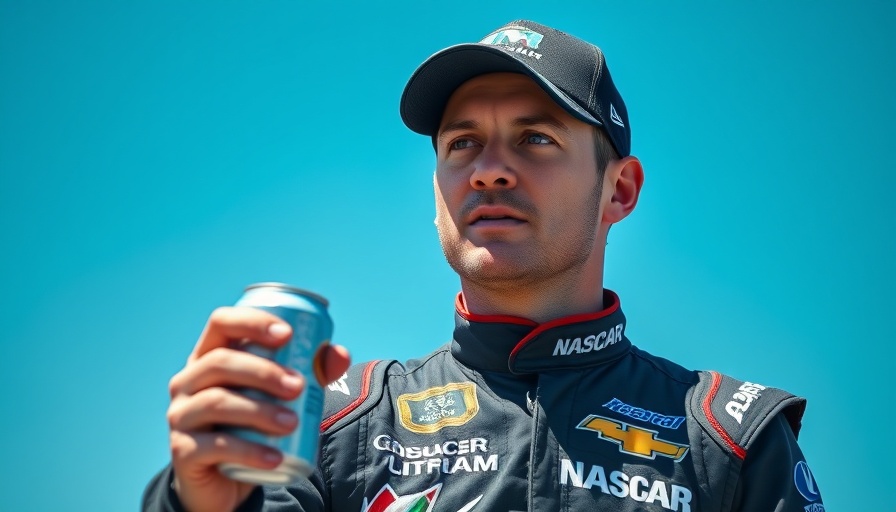
A Call for Clarity in NASCAR Penalties
Ty Dillon has ignited a discussion within the NASCAR community following the recent penalty levied against Austin Cindric for a dangerous maneuver during the EchoPark Automotive Grand Prix at the Circuit of the Americas. The incident—where Cindric right-hooked Dillon in retaliation for being edged off the track—resulted in a 50-point deduction and a $50,000 fine for Cindric but notably no suspension, a decision that Dillon and others find troubling.
This lack of suspension has raised eyebrows, particularly since both Bubba Wallace and Chase Elliott received one-race suspensions in similar situations in the past. Dillon, speaking ahead of the Phoenix race, expressed his expectation for a stricter punishment, implying that NASCAR has set a precedent that it is now ignoring. "I think 50 points and $50,000 is probably enough to make him think about doing something like that again," Dillon stated, yet he expected more severe consequences in line with prior rulings.
The Gray Areas of NASCAR Regulations
NASCAR's decision to differentiate penalties based on track type—road course versus oval—has invited criticism for introducing gray areas into the rulebook. Mike Forde, NASCAR’s Director of Racing Communications, defended the organization’s stance by mentioning that the lower speeds on road courses were a primary factor in reducing Cindric's penalty. He claimed the absence of a caution flag during the incident was also considered. However, this reasoning has led some fans and drivers alike to question whether penalties are truly fair and consistent.
“That’s where maybe NASCAR gets themselves in a little bit of trouble, is when you try to play in gray areas,” Dillon warned, emphasizing that consistency in enforcing rules is vital for the integrity of the sport. The unpredictability in NASCAR's responses to similar infractions can not only affect drivers' standings but also shape the public’s perception of fairness in racing.
Fans React to Cindric's Penalty
The racing community has reacted strongly, with fans expressing confusion and frustration regarding the inconsistency of penalties. Some voiced their disappointment on social media, pointing out that penalizing a driver for dangerous driving should be uniform, regardless of the track type or speed. As one commenter noted, "Right hooking someone is right hooking them. Should be the same punishment no matter what the 'speeds' were." This sentiment underscores the growing demand for a standardized approach to penalties in NASCAR.
Additionally, many fans have called for increased leadership accountability within NASCAR, suggesting that the organization must improve its consistency in enforcement to maintain legitimacy with the audience. They argue that moving away from subjective decision-making will enhance trust in NASCAR's governance.
Looking Ahead: The Importance of Clear Rules
As the NASCAR season continues, Ty Dillon's comments signify a broader call for clearer, more consistent rules within the league. He insists that establishing transparent guidelines will not only improve safety but also diminish the ambiguity concerning penalties. Racing, by nature, is prone to heated moments; however, the governing bodies must address how these moments are managed if they are to uphold the sport's integrity.
Ultimately, NASCAR faces a crucial juncture: can it navigate the fine line between maintaining competitive excitement and ensuring that its regulations are enforced uniformly? In response to the evolving landscape of motorsports, it's imperative that NASCAR takes a definitive stance on rule enforcement to bolster both driver safety and fan trust.
In the wake of these discussions, fans are encouraged to voice their concerns and advocate for a clearer rulebook, promoting a safer and more equitable motorsport environment. Change often starts with informed fans who engage with and challenge the status quo.
 Add Row
Add Row  Add
Add 




 Add Row
Add Row  Add
Add 

Write A Comment